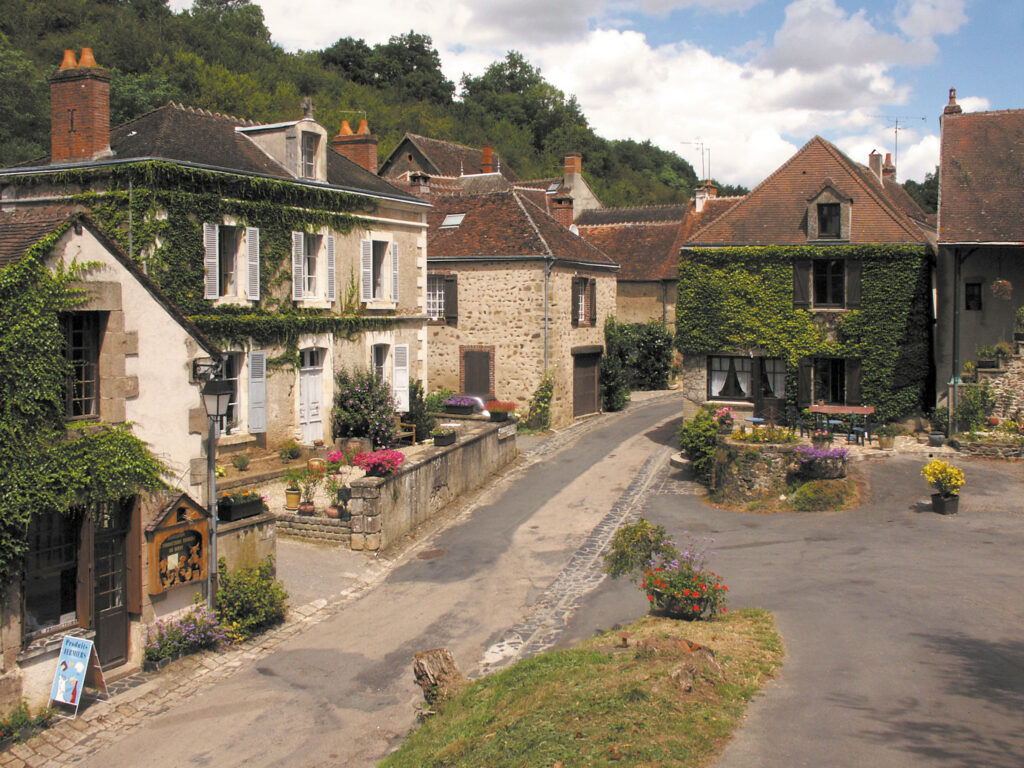
Berry, located in the heart of France, is a region rich in history, culture and breathtaking natural landscapes. If you're wondering what to do and see in Berry, you've come to the right place. This often little-known region is packed with hidden treasures and must-see sites that will delight lovers of heritage, nature and gastronomy. In this article, we present the 13 most beautiful places to discover in Berry, from majestic châteaux such as Château de Valençay and Château de Bouges, to picturesque villages such as Apremont-sur-Allier and Gargilesse-Dampierre, natural parks and historic sites such as Bourges Cathedral and the Basilica of Saint-Benoît-sur-Loire.
1. Bourges
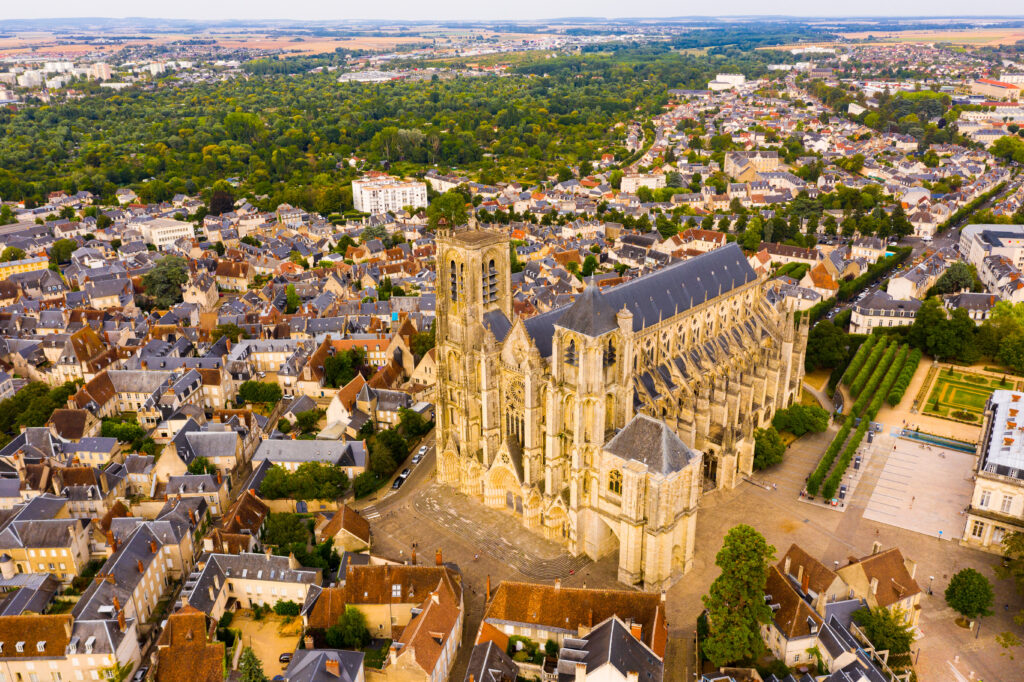
The historic capital of Berry, Bourges is one of the most charming towns in the Centre-Val de Loire region. It boasts an exceptional medieval heritage, including one of the most beautiful Gothic cathedrals in France, as well as fascinating museums. Nature lovers will be delighted in Bourges, located at the confluence of several rivers, offering marshes ideal for relaxing and reconnecting with nature. Bourges is also a must for food lovers. In spring, the city hosts the Printemps de Bourges, one of France's best music festivals. Tempted? Here are 17 must-see places to discover when you visit Bourges!
2. Châteauroux, a must-see in Berry
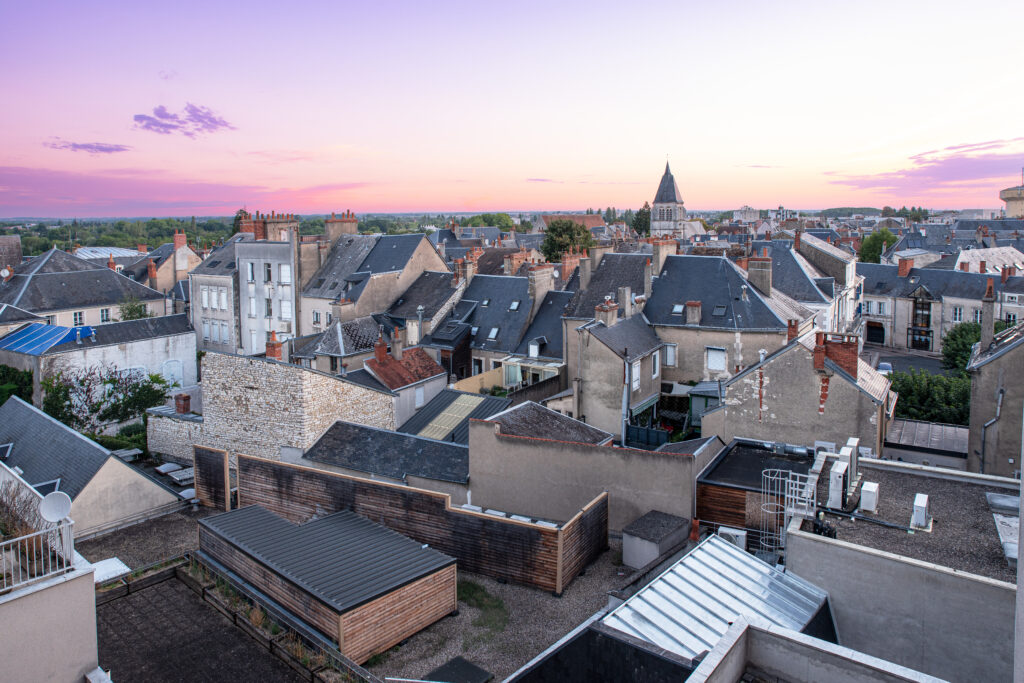
Châteauroux, prefecture of the Indre department, experienced an industrial boom in the early 19th century with the development of tobacco and textile factories. In the 20th century, this growth continued with the establishment of an aviation plant in Déols in 1936, followed by an American base from 1951 to 1967, later replaced by the Châteauroux-Déols airport. In addition to the Musée-Hôtel Bertrand, you'll enjoy discovering the rich heritage of this charming commune, including the Château Raoul, the neoclassical courthouse and the churches of Saint-André and Notre-Dame. Unfortunately, the former Tobacco Factory was destroyed by fire in 2018.
3. Argenton-sur-Creuse, Berry's little Venice
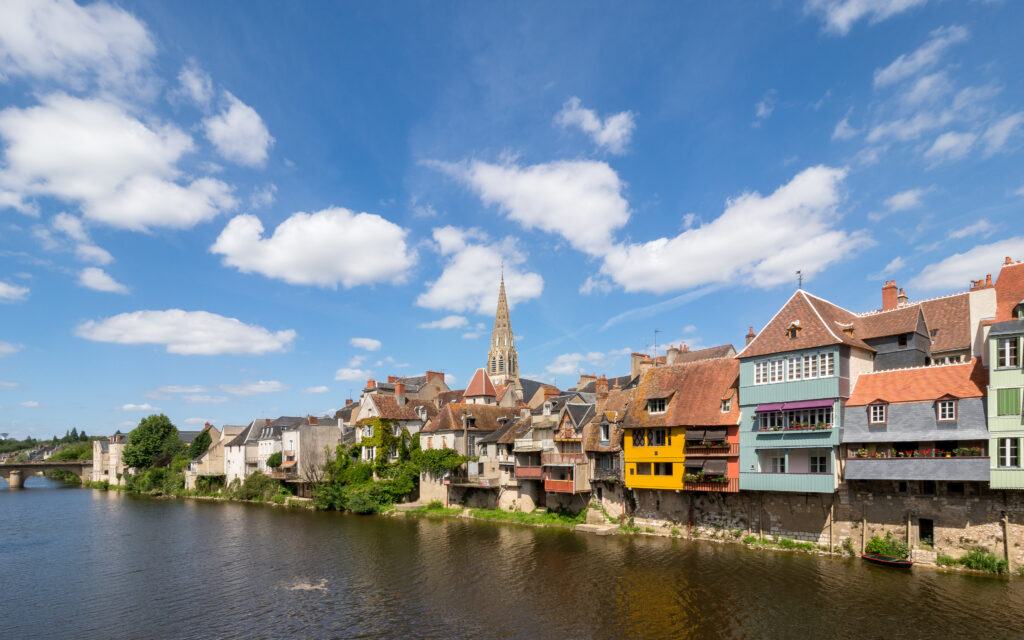
Nicknamed "the Venice of Berry", Argenton-sur-Creuse is a welcoming little town that reached its peak in the 19th century thanks to the shirt-making industry. Its picturesque town center, old wheel mills and old houses with galleries and balustrades give it an undeniable charm. Two museums are well worth a visit: the Musée de la Chemiserie, which preserves the town's living memory and gives visitors an insight into the work of the shirtmakers, andthe Musée archéologique d'Argentomagus, located two kilometers west of the center of Argenton, in Saint-Marcel. You can also see the ruins of an ancient feudal castle, destroyed by order of Richelieu.
What to do and see in Argenton-sur-Creuse? Discover the 11 must-sees.
4. Gargilesse, one of France's most beautiful villages

Listed as one of France's Most Beautiful Villages, Gargilesse nestles at the bottom of a gorge where nature has been carefully preserved, revealing unsuspected treasures.Take a stroll through its streets and alleys to admire the houses clustered around the castle and Romanesque church, where Compostelle pilgrims flock on their way to Vézelay. Gargilesse is the capital of the harp, but it's also a charming town where the arts, artists and craftsmen flourish. As if preserved from time, the heritage blends perfectly with artistic creation in a natural, rejuvenating atmosphere. A stop here is a revitalizing experience.
5. Apremont-sur-Allier

Listed as one of France's most beautiful villages, Apremont richly deserves this distinction. Built at the foot of the château, on the banks of the Allier, in a farming region where nature and hedgerows are still preserved, this village is a real treasure. Its pink ochre houses and old-fashioned charm make it an enchanting place to visit. Once a quarrying village, Apremont boasted numerous quarries supplying dimension stone, transported by flat-bottomed boats along the Allier and Loire rivers. These stones were used in the construction of several religious buildings, including Orléans Cathedral. The château and its magnificent floral park add to Apremont-sur-Allier's wonderful charm.
6. Issoudun
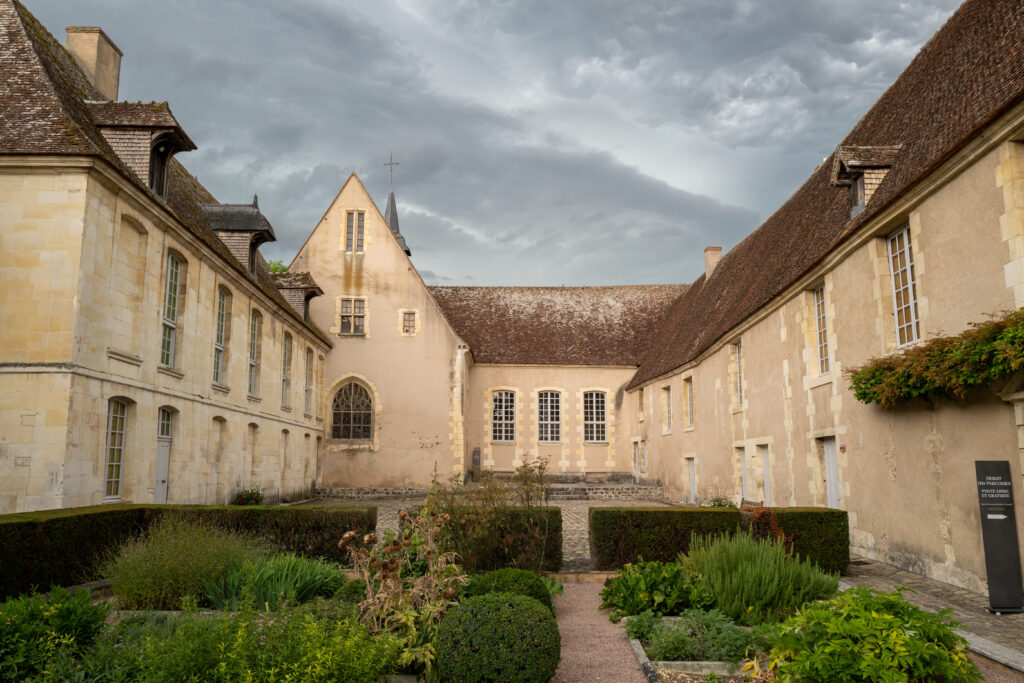
Located in the heart of the Champagne Berrichonne region, Issoudun is an ancient city whose name comes from the Celtic language. It became a royal town as early as 1240, and prospered thanks to the importance of its fairs and markets, as well as the quality of its crafts, particularly leatherwork, and its vineyards. The Saint-Roch hospice, dating from the 12th and 15th centuries, houses a rich museum. Balzac also lived in Issoudun for several years. The Tour blanche, a medieval vestige, is still the center of a very popular festival. Built in the late 12th century by Richard the Lionheart, it dominates the old town. This emblematic monument is open to visitors, and from its summit offers a breathtaking view of the surrounding area.
7. What to do in Berry? Visit the town of Blancafort
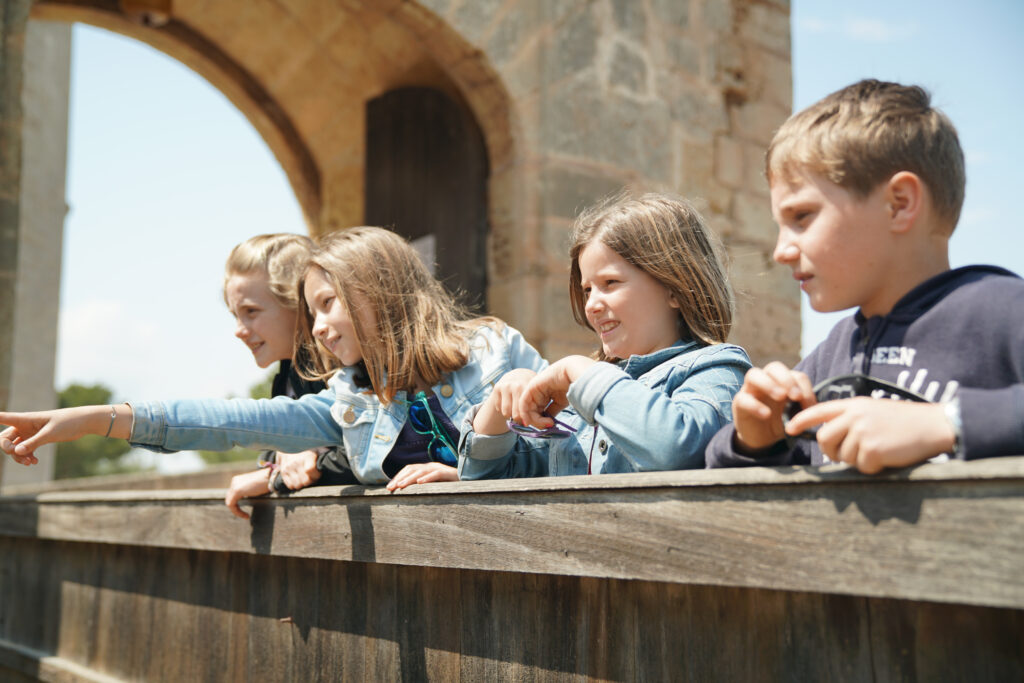
Blancafort lies on the border between Berry and Sologne, in a region known as the Pays-Fort. Once dependent on the abbeys of Saint-Satur and La Charité, the commune was home to a commandery of Le Fresne, part of the Order of the Temple, as early as the 12th century. The Château de Blancafort is a 15th-century fortified house, fully furnished and inhabited, with furniture and tapestries from the 17th and 18th centuries. The 15th-century church of Saints-Etienne-et-André, with its bell tower and porch, is another of the town's attractions. The trapezoidal bell tower tapers towards the top and is covered in slate. This configuration forms a sort of open maw where the church's entrance door is located. The Canal de la Sauldre also offers a wealth of walking opportunities.
8. Sancerre
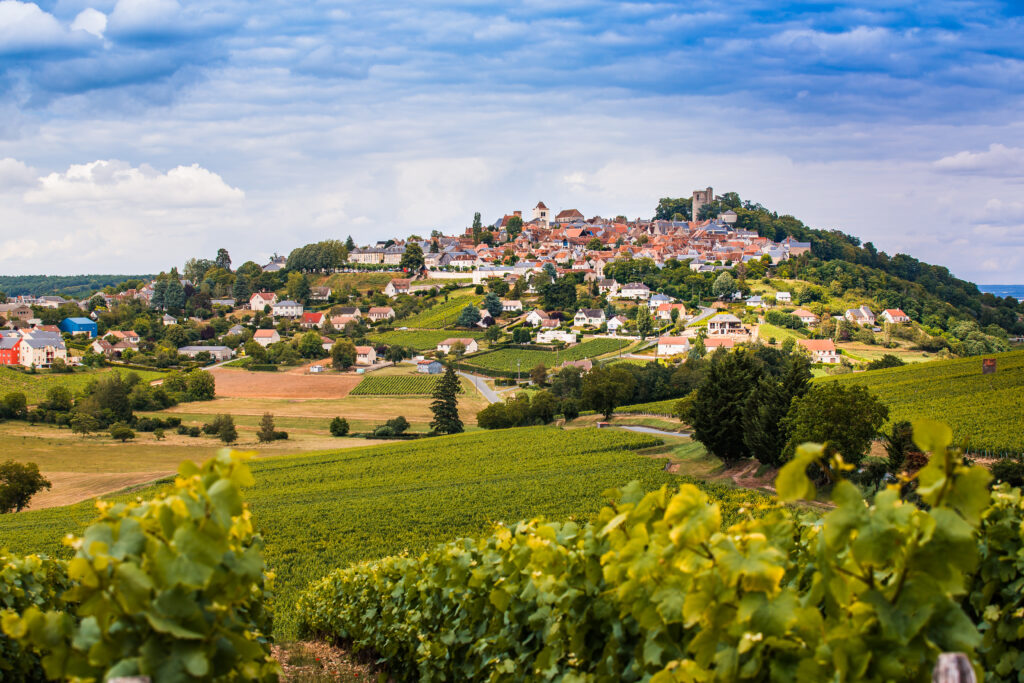
Perched on a rocky outcrop overlooking the Loire, this charming little town is the capital of a land of vineyards and a famous goat's cheese, crottin de Chavignol. Take a stroll down its sloping streets, and you'll inevitably come to the Esplanade de la Porte César. From its heights, you can overlook the river, the Nivernais to the east and the Berry to the west. Now a protected site, Sancerre lives to the rhythm of the grape harvest and the renown of its wines. Some 360 winegrowers share 2,800 hectares, producing 22 million bottles of AOC wine every year. End your visit in style with a tasting of Sancerre or Pouilly-Fumé.
9. The little village of La Borne

La Borne has been the region's ceramics capital since 1260. At the beginning of the 20th century, around a hundred potters were still working there. Struck by the crisis in this sector, the village had only 4 potters by 1950. However, the art of ceramics has revived this activity, and today more than 80 potters are based in La Borne. Come and discover their work, their lives and their passion for pottery. The area's rich ceramics past is showcased in several museums, allowing visitors to immerse themselves in centuries of craftsmanship.
10. What to do in Berry? Go to Déols
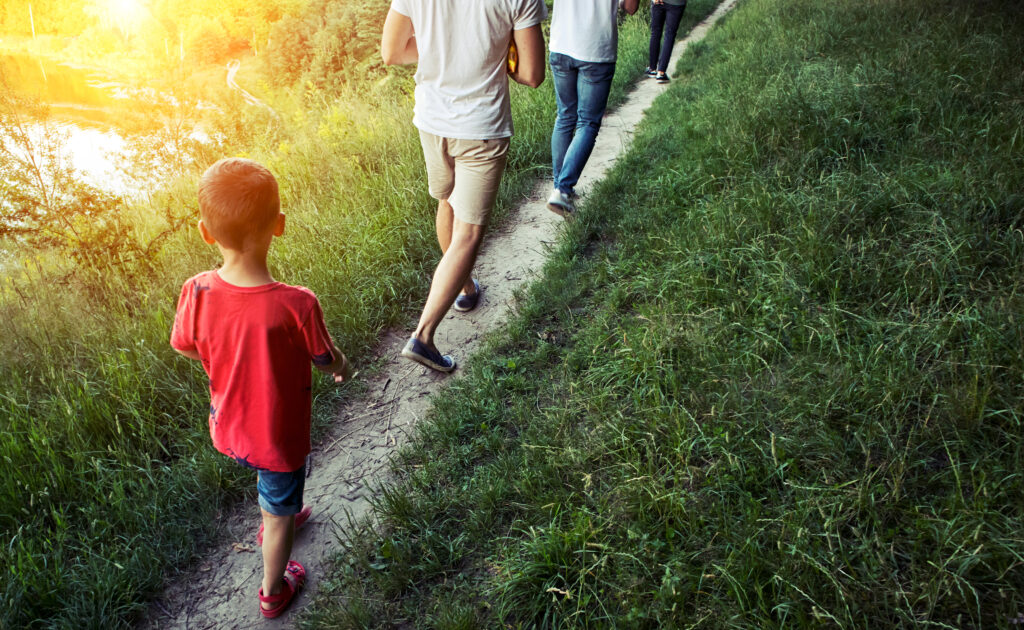
Déols, on the Camino de Compostela pilgrimage route, is one of 1,100 Cluniac sites. Cross the bridge over the Indre and you're in Déols. On the right, the large 12th-century Romanesque bell tower, rising to 42 metres with its conical stone spire, is one of the last vestiges of the superb Benedictine abbey founded in 917, one of the largest of the Middle Ages, measuring 113 metres in length. Today, in addition to the bell tower, all that remains is the narthex wall with its fine Romanesque carvings, part of the north aisle and 13th-century Angevin Gothic arcades. The town is also home to a pleasant eco-park, Les Chênevières.
11. Aubigny-sur-Nère, a Scottish town
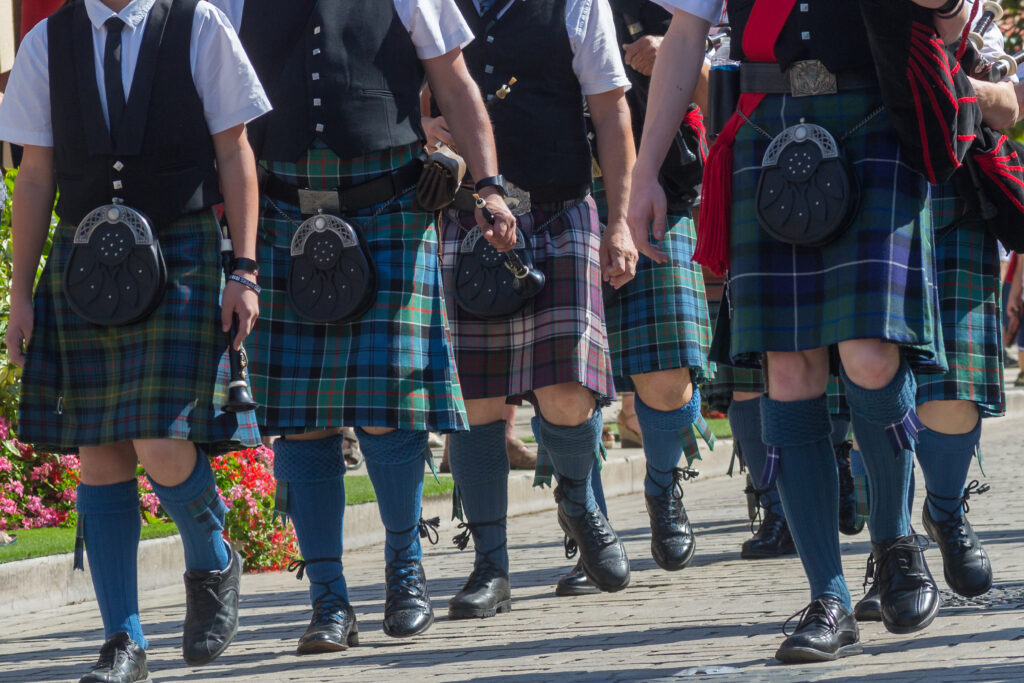
Aubigny 's destiny changed during the Hundred Years' War, when the kingdoms of France and Scotland signed a pact. In exchange for Scotland's aid to France, the latter offered the town of Aubigny. Today, this unique destiny can be seen and celebrated: the Franco-Scottish heritage and festivals are a must-see ! The Scots also built the two castles of Aubigny and de la Verrerie, as well as the exceptional architectural ensemble of timber-framed houses adorning the town's squares and streets, such as the maisons François Ier, du Bailly and Saint-Jean. Over the past few years, a campaign to promote the town's heritage, particularly its half-timbered houses, has restored the town's cachet and attracted many tourists.
12. Reuilly

Situated in the northeast of the Indre department, on the border with the Cher department, Reuilly is a wine-growing area, within the zone covered by the eponymous AOC. The Champagne berrichonne long-distance hiking trail runs through the commune. The name Reuilly comes from Rulliacus, possibly derived from Rullius, the name of a Gallo-Roman villa owner. Numerous museums (Musée de la Vigne et du Vin, Musée de la Champagne Berrichonne, Musée du Peintre Paul Surtel...) and monuments (Château de La Ferté, Church of Saint-Denis, Cellier-Dieu...) are among the town's tourist attractions.
13. Levroux

Located at the gateway to the Champagne Berrichonne region, Levroux hides many secrets through its rich historical and cultural heritage and its ancestral know-how, which made it the cradle of leather and parchment. Selected in 2022 to represent the Centre-Val de Loire region in Stéphane Bern's show "Le Village préféré des Français", this medieval town is a treasure trove. The town has existed since Roman times, as evidenced by the arena and several villae. It grew up around the château, of which only the two entrance towers remain, and the great collegiate church of Saint-Sylvain. The megisserie (parchment museum) is still in operation, and a 15th-century town gate can be admired, as well as the 16th-century Maison de Bois and the war memorial sculpted by Ernest Nivet, a Levroux-born pupil of Rodin.
Enjoy this article? See also our article What to do in the Cher? 11 must-sees.


